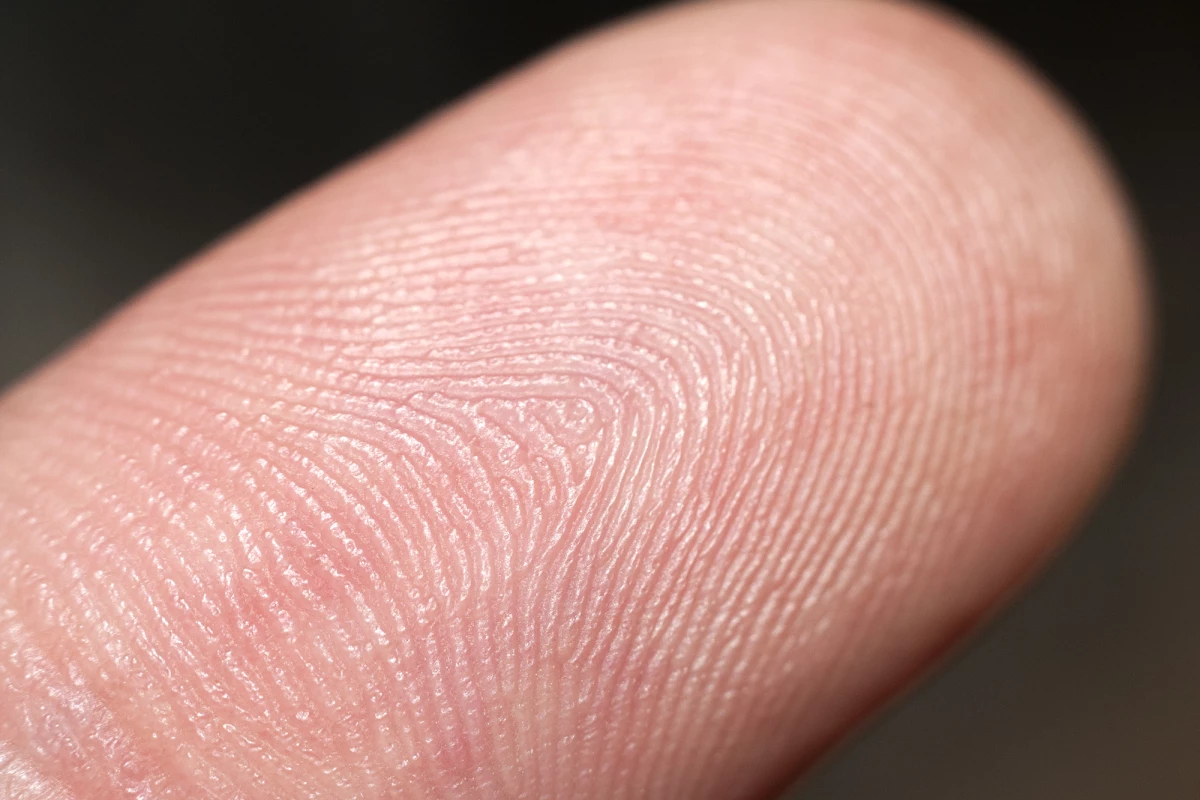When someone is using antipsychotic drugs, it is vitally important that they take the correct dosage, and that they don't abruptly stop taking the medication. Soon, a fingerprint sweat test could be used to check that such people are following instructions.
Currently, blood tests are required to detect which antipsychotics are being taken, and in what amounts. Needless to say, these tests are invasive and painful for patients, some of whom may already not be very enthusiastic about receiving treatment.
Seeking a quicker and less objectionable alternative, scientists at Britain's University of Surrey recently looked to the eccrine sweat exuded by our fingertips.
Previous studies had shown that certain other drugs can be detected in fingertip sweat samples, which unlike blood samples can be stored and transported at room temperature. They can also be obtained by laypeople, not just by trained clinicians.
For the new study, 60 patients who were taking clozapine, quetiapine or olanzapine antipsychotics were recruited, along with 30 people who weren't taking any such drugs. Both before and after washing their hands, each person pressed their fingertips against a piece of porous paper for 30 seconds. The sweat that was soaked up by that paper was subsequently analyzed utilizing liquid chromatography mass spectrometry.
It was found that all of the drugs could be detected in the samples. In the case of clozapine, it was even possible to match drug levels in the sweat to those measured in the bloodstream via conventional testing. It is hoped that with additional research, the same could be true of the other drugs.
And while hand-washing was previously believed to be an important step when collecting finger sweat samples, it appeared to make little difference in this case. This is an important consideration, as it means that the samples could be obtained that much quicker and easier.
Additionally, the tests were able to differentiate between drugs in users' sweat and drug residue on the fingertips of control-group participants who has handled whole or crushed drug capsules.
"We are currently exploring methods to quantify the level of drug in a fingerprint and the optimum sampling time," said Prof. Melanie Bailey, corresponding author of a paper on the study. "We are also very interested to see whether fingerprints can be used to diagnose disease – for example from the metabolites that are deposited in a fingerprint sample."
The paper was recently published in the journal Frontiers in Chemistry.
Source: Frontiers Science News




